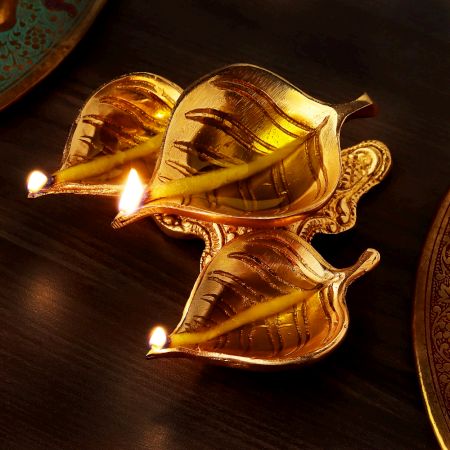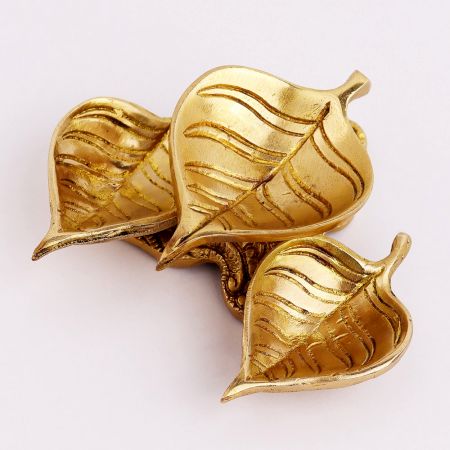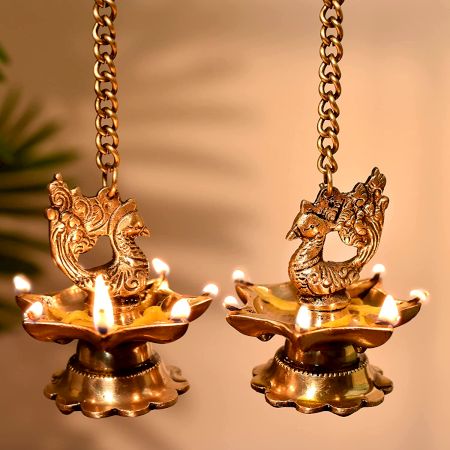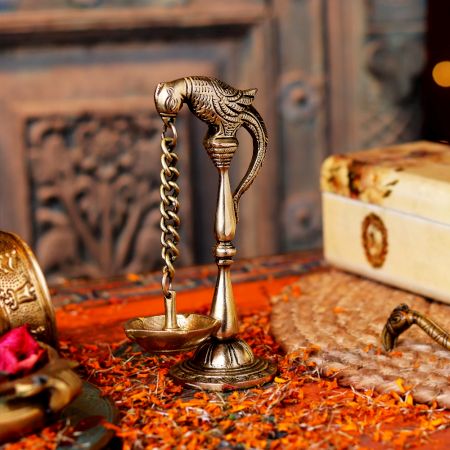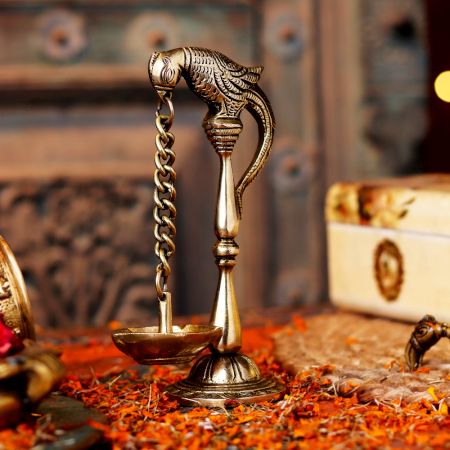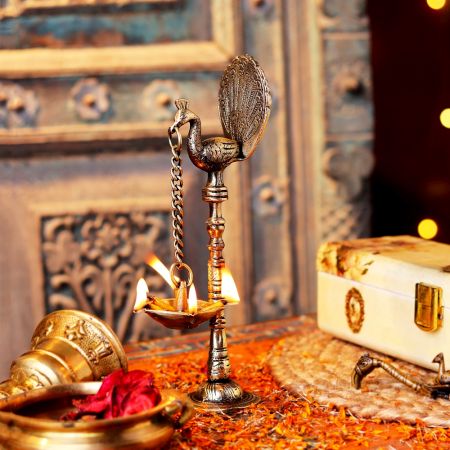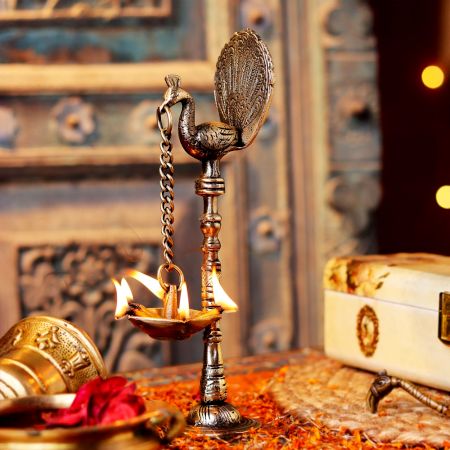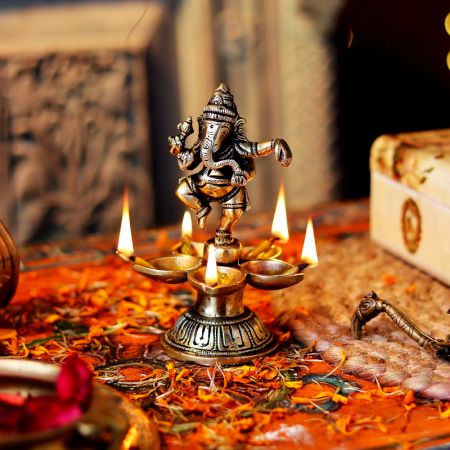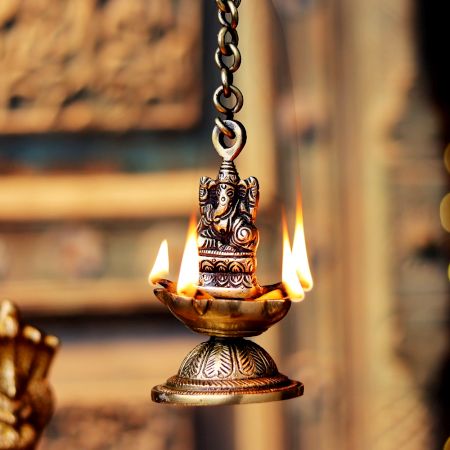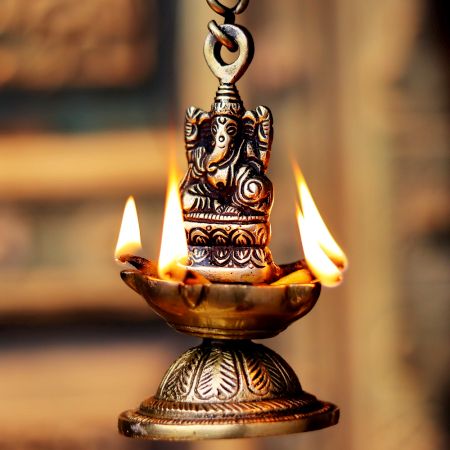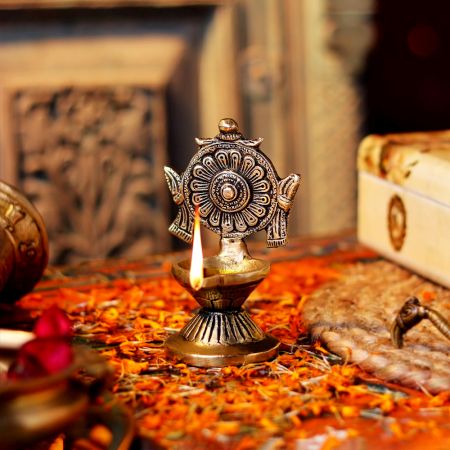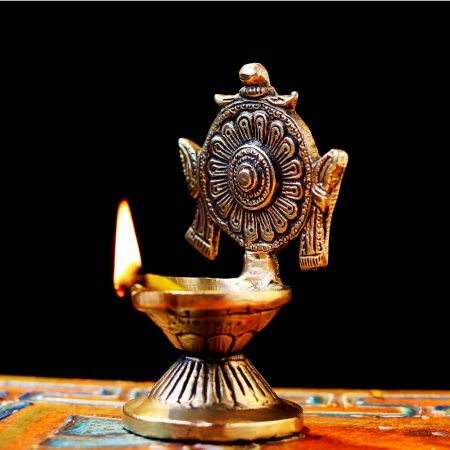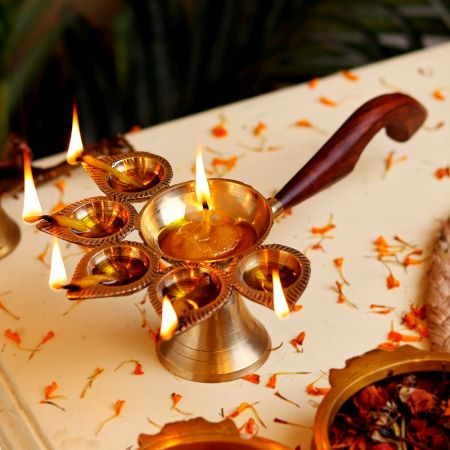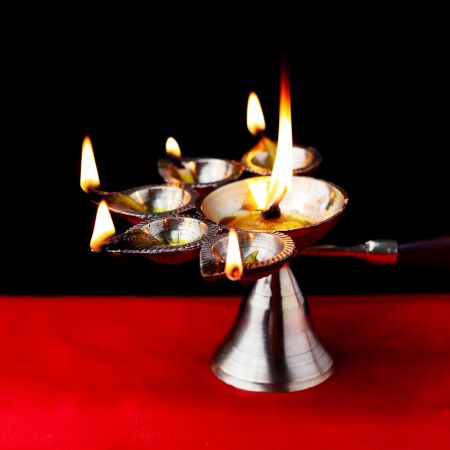General Understanding of Bronze Oil Lamps
A bronze oil lamp is not merely a source of light; it is a sacred vessel, a bearer of memory and tradition. Cast in the metallic hush of bronze, its form holds centuries of craftsmanship and devotion. From temple sanctums to humble thresholds, its warm glow is a quiet rebellion against the mechanical coldness of modernity. The wick, fed by ghee or oil, becomes a live artery, carrying prayer, ancestral touch, and symbolic light across generations. These lamps are not designed, they are invoked. Every curve, every motif is a whisper from the past, a lotus carved in bronze becomes both sculpture and scripture.
What Is A Bronze Oil Lamp?
A bronze oil lamp is a handcrafted illumination object, forged through centuries old metallurgical traditions, often associated with ritualistic and spiritual purposes. Typically formed using the lost wax casting method, these lamps are seen in households, temples, and cultural institutions across South Asia. More than their utilitarian essence, they embody symbolic weight. The bronze, aged in time and oxidized into a rich patina, stands for permanence and divine essence. When lit, these lamps serve not just to dispel physical darkness but emotional and metaphysical shadow as well. They are frequently placed in corners that require sanctification, pooja rooms, altar shelves, meditation corners, marking them not just as décor but as anchors of energy, warmth, and remembrance.
What Emotions Or Themes Do Bronze Oil Lamps Commonly Portray?
Bronze oil lamps are quiet carriers of emotion, restraint, reverence, stillness, and longing. When lit during festivals or mourning, they become vessels of human emotion, bridging realms of the seen and unseen. A single flickering flame can whisper ancestral blessings, signify resilience, or commemorate a soul’s journey. Emotionally, they embody faith without flamboyance. The wick is emotion unspooled, the oil is memory distilled. The act of lighting becomes ritualistic, a moment of mindfulness, gratitude, and inner reflection. Bronze, being elemental, radiates warmth not just in temperature but in tone. These lamps portray themes of continuity, invoking the cyclic nature of life, birth, growth, death, and light again.
What Are The Most Recognized Styles In Bronze Oil Lamps Temple Colonial Tribal?
The stylistic forms of bronze oil lamps mirror the geographies and cultures that shaped them. The South Indian Nilavilakku, tall, stately, with a tiered flame holder, is a temple staple symbolizing spiritual ascent. Colonial era lamps, often Indo European hybrids, reflect structured ornamentation with Baroque influences, petals, vine motifs, often with Christian iconography. Tribal designs, however, speak a rawer dialect, minimalist yet symbolic, often featuring peacocks, cobras, sun discs, or tribal deities, revealing storytelling through metal. Rajasthan’s Nag Lamps, Kerala’s Lakshmi Deepams, and Tamil Nadu’s Kuthu Vilakkus all speak distinct dialects of tradition, form, and function. Every style breathes a different rhythm, temple ones echo chants, tribal ones echo earth.
Why Are Bronze Oil Lamps Still Revered In The Contemporary Decor World?
In modern interiors dominated by glass, steel, and sterile white walls, bronze oil lamps offer soul and rootedness. Their tactile presence, rich with symbolic heritage and intricate craftsmanship, gives spaces emotional and cultural weight. Designers use them not just as nostalgic elements but as spiritual accents, anchoring corners with warmth, memory, and meditative calm. They blend seamlessly into minimal, maximal, bohemian, or heritage aesthetics. The lamp’s glow diffuses time, it connects today’s chaos with yesterday’s quiet. In a fast world, these lamps are pauses. Revered not just for their form but for what they evoke, light as healing, heritage as beauty, and silence as style.
How Were Bronze Oil Lamps Traditionally Created?
The creation of a traditional bronze oil lamp begins with silence, the artisan’s intention, hands dipped in ritual memory. Lost wax casting, a method dating back to the Indus Valley, sculpts wax into intricate forms, then cloaked in clay and fired. The wax melts and exits, molten bronze flows in. The lamp is not just cast, it is reborn from void. Sand casting is also used for simpler forms, giving grainier textures. Once cooled, the lamp is chiseled, polished, sometimes patinated or engraved with miniature motifs, like conch shells or Kalpavriksha leaves. The process is both artistic and spiritual. Each lamp is a fingerprint of its maker’s soul.
What Metal Mediums Were Commonly Used In Historic Bronze Lamps Bronze Brass Panchaloha?
While bronze remains the signature medium, a blend of 88 percent copper and 12 percent tin, traditional Indian lamps often incorporated Panchaloha, a sacred alloy of five metals, gold, silver, copper, zinc, and iron. This was believed to absorb cosmic energy and radiate protective frequencies. Brass, with its golden sheen and affordability, was widely adopted, especially for domestic lamps. Each metal holds not just chemical properties but metaphysical weight, bronze for grounding, brass for clarity, and Panchaloha for spiritual balance. The choice of metal often reflected the purpose, temple rituals demanded Panchaloha, homes settled for bronze or brass. Every alloy, like a raga, creates its own vibration in space.
What Role Did Design Engravings Or Motifs Play In Bronze Oil Lamps?
Design in bronze oil lamps is never merely decorative, it’s narrative. Handles shaped like Makara mythical sea creatures, spouts adorned with Lakshmi Padma, or bases embossed with floral vines, each tell a story rooted in mythology or philosophy. Engravings are not etched, they are invoked. A peacock motif doesn’t just symbolize beauty but the monsoon, love, and cosmic rhythm. A Nandi shaped base invokes patience and devotion. Many lamps carry yantras or cosmic diagrams, believed to focus energy. The design is both aesthetic and ritualistic, meant to harness elemental balance. These motifs are silent priests, guiding light, preserving lore, and sanctifying space with visual hymns.
Artistic Intent and Visual Storytelling of Bronze Oil Lamps
A bronze oil lamp is more than utilitarian. It is an heirloom of intent. Sculpted by artisans who breathed stories into metal, each lamp becomes a vessel of memory and meaning. The spout that feeds the flame mirrors a narrative pouring into the present, and the engraved motifs are not mere ornament. They’re chapters etched in time. Gods, animals, flora, all emerge as symbols layered with devotion and cultural codes. In quiet corners of homes and shrines, these lamps are storytellers, wordless yet deeply expressive. They hold silence the way a stage holds a breath before a performance. They burn not just with oil, but with history.
What Stories Or Messages Did Bronze Oil Lamps Aim To Convey?
Bronze oil lamps, especially those crafted during India’s spiritual and cultural zeniths, radiated narratives of light over ignorance. They weren’t just sources of flame. They were metaphors in metal. Lamps depicting mythological scenes like Krishna’s Ras Leela or Shiva’s Tandava weren’t simply decorative. They were performative acts cast in bronze, recalling cosmic cycles. These motifs acted as portable parables, stories handed from one hearth to another. In temples, they guided the devotee’s gaze from external ritual to internal awakening. In homes, they conveyed familial continuity and ancestral grace. The lamp’s wick, subtle and flickering, often paralleled the soul, striving for illumination amid the worldly wind.
How Did Artisans Express Political, Spiritual, Or Cultural Symbols Through Bronze Oil Lamps?
Artisans were silent scribes of their times. They used every contour and crevice of the lamp to encode deeper meaning. A lotus finial atop the lamp might reflect purity amidst decay. A conch design could signal divine presence or victory. Political symbols, like royal emblems or dynastic flourishes, would be subtly embossed near the handle or base. These details were not extraneous. They were intentional annotations on the body of the lamp. A peacock tail etched on the base wasn’t just beauty. It was national pride. Through each motif, be it tribal, classical, or spiritual, the artisan sculpted an archive of the cultural weather of their age.
How Do Light, Shadow, And Design Influence The Mood Of Bronze Oil Lamps?
A bronze oil lamp is not just seen. It is felt in flickers. The interplay of flame and form transforms its presence. The prabhavali (halo-like frame) throws shadowed silhouettes on walls, animating motifs that seem static by day. A Nataraja etched into the base comes alive in shadowplay, performing under the watch of silence. This dance of darkness and glow stirs stillness, inviting reflection, reverence, or retreat. Whether placed before a deity, a photograph, or simply on a wooden ledge, the design influences the mood. Curved spouts produce gentler flame waves. Broader surfaces reflect more luminance. In every design choice, mood becomes a material.
Purchase, Collection & Investment of Bronze Oil Lamps
To collect a bronze oil lamp is to collect the pulse of a bygone era. These aren’t just objects. They’re relics of reverence. Whether it’s a temple disc-shaped lamp or a South Indian kuthu vilakku with peacock holders, each acquisition adds not only aesthetic charm but spiritual resonance. A true collector looks beyond polish, searching for patina, for asymmetry that tells a human hand once touched it. Lamps bought from antique markets or family collections carry a soul. Those sourced from contemporary artisans echo today’s interpretation of yesterday’s traditions. In both, there lies value, cultural, emotional, and yes, sometimes financial.
Where Can You Buy Authentic Or Reproduction Bronze Oil Lamps?
Authentic bronze oil lamps can be found in spaces where craftsmanship is still honored. Start with traditional handicraft fairs, Surajkund Mela, Dastkar, or local temple towns like Kumbakonam or Madurai. Online platforms like IndianShelf, Craftsvilla, Gaatha, or curated Instagram artisan stores offer authentic and reproduction pieces. Temple supply shops often carry both new and aged versions. Reproductions tend to be lighter, smoother, and overly symmetrical, unlike handmade originals that show purposeful imperfections. Look for community cooperatives or museums that occasionally sell replicas of their archived collections. If you're buying online, request videos and close-ups of details, base stamps, joints, and flame bowls reveal a lot.
How Can You Verify The Authenticity Of A Bronze Oil Lamp?
Authenticity lies in touch, tone, and timeworn traits. An old bronze lamp will carry weight, not just in kilograms but in character. Check for oxidation patterns, greenish-blue tinges around crevices are common in old bronze. Look for uneven casting, soft edges, and the absence of machine precision. Traditional lamps often bear punch marks or symbolic engravings near their base or handle. Ask for provenance if possible. Smell the metal, aged bronze has an earthy tang. Reproductions, while beautiful, often lack this quiet gravity. If unsure, consult with a historian, antique dealer, or traditional metal artisan, those who know how to read the lamp like a scroll.
What Makes A Bronze Oil Lamp A Worthwhile Investment?
A bronze oil lamp pays dividends not just in money but in meaning. Antique pieces, especially temple-used or dynasty-linked lamps, appreciate in monetary value. But even newer, handcrafted lamps hold cultural capital. Their presence lends authenticity to a home or space. They are spiritual investments, sparking daily rituals, anchoring mindfulness. Artisan-signed limited editions carry both resale potential and collectible prestige. Their worth isn’t just what they cost, but what they contribute, mood, history, sanctity. In uncertain times, such grounded, timeless objects hold more than just nostalgia. They hold our continuity.
Care, Framing & Preservation of Bronze Oil Lamps
To preserve a bronze oil lamp is to honour the hands that made it and the generations that lit it. Caring for one is both ritual and responsibility. Moisture is its slow enemy, and harsh polish its betrayal. Instead, a soft cloth and natural acids like lemon or tamarind whisper the metal back to life. Storing it in wooden or glass enclosures retains its dignity. When framed properly, with care, reverence, and context, a bronze lamp does more than decorate. It becomes the soul of a room. Preservation is not just technical. It’s emotional, intimate, almost sacred.
How Do You Properly Store And Maintain A Bronze Oil Lamp?
Bronze requires breathing space and respectful upkeep. Avoid dampness at all costs. Wrap the lamp in soft cotton if stored long-term. Clean it periodically using lemon juice or tamarind paste for natural shine. Avoid abrasive scrubbers. A mild metal polish like pitambari can be used occasionally, but always follow with a thorough rinse and dry. Burn only traditional oils like sesame or ghee to prevent soot and residue buildup. After rituals, wipe it gently. Never stack lamps. If cracks appear, stop usage and consult a restoration expert. Treat the lamp as you would an heirloom, not just an object, but a lineage.
What Frames And Materials Best Complement The Bronze Aesthetic?
Bronze loves the company of natural textures. Place lamps on rosewood, teak, or carved stone bases. Use brass or antique-finished trays for groupings. In modern homes, glass cloches or transparent cuboids elevate their presence while protecting them from dust. Avoid plastic or overly polished metals. They clash with the mellow warmth of bronze. Try draping a light cotton or silk cloth underneath for contrast. A diya stand made of sandstone or marble adds grounded elegance. When placed mindfully, the lamp becomes a focal point, drawing light both literally and metaphorically.
Can Old Bronze Lamps Be Restored Without Losing Their Original Feel?
Yes, but only with gentle reverence. Restoration should reveal, not replace. Professional cleaning with natural agents and soft brushes can remove oxidation while preserving surface integrity. Avoid modern lacquers or coatings. They might protect but often suffocate the lamp’s character. If structural repairs are needed, consult a metalsmith familiar with traditional alloys. The goal isn’t to make it look new, but whole. Let age marks and surface inconsistencies remain. They are its skin, its story. A lamp too polished loses its soul. Let restoration whisper, not shout.
What Are Common Damages Bronze Oil Lamps Suffer Over Time?
Bronze lamps, like old souls, age with beauty, but not without scars. Moisture can cause corrosion, especially in coastal climates. Mishandling can dent delicate spouts or handles. Oil residues, if left uncleaned, lead to grime buildup. Thermal shock, placing a cold lamp in direct flame, can cause microcracks. Sometimes, the wick holder loosens, or joints rust. Regular maintenance prevents most of this. But if damage occurs, don’t discard. Consult a restorer. Each imperfection can be a new stanza in its continuing poem.
Home Decor, Styling & Mood Setting With Bronze Oil Lamps
Bronze oil lamps are soul anchors. When lit, they thread an ancient warmth into contemporary spaces. Their glow is golden, grainy, like memory itself. Whether nestled in the living room corner or placed near a rangoli during Diwali, they transform silence into presence. A flicker here, a dance of flame there, it creates an ambience that lingers longer than fragrance. Their presence shapes the tempo of the room. They aren’t just decorative; they are participatory objects, inviting reverence, rest, and ritual.
How Can Bronze Oil Lamps Influence A Room’s Ambience Or Tone?
Bronze oil lamps act like temporal portals. The moment the wick catches flame, the atmosphere recalibrates, softer, slower, sacred. Their flickering isn’t just light, it’s rhythm. It makes the room inhale and exhale. In meditation rooms, their glow becomes a focus point; in family gatherings, they act as memory holders. The ancient alloy, forged in ritualistic intention, emits a subtle fragrance when warmed, adding an olfactory warmth to the visual calm. Whether at twilight or dawn, they dim the chaos and brighten the silence. Their effect is emotional before it is visual, inviting stillness, intimacy, and sacred belonging.
What Interior Styles Pair Well With Bronze Oil Lamps?
Bronze oil lamps are remarkably adaptive, yet rooted. In Boho corners, they act as relics among rattan textures and floor cushions. Within Indian interiors, they’re bloodline artefacts, placed near tulsi plants or temple alcoves. With Rustic styling, they evoke hearth energy, best paired with brick textures and distressed wood. Surprisingly, even Modern Minimalist settings benefit from their warmth, their singular form breaking the monotony of sterile whites or greys. Against Venetian mirrors or carved arches, they shimmer like whispers from another century. Their essence doesn’t clash, it converses. They don’t need to match the décor, they need to mirror the mood.
How Do You Choose The Right Bronze Oil Lamp For A Living Room, Hallway, Or Study?
For a living room, opt for grandeur. Think temple style vilakkus with lotus stems and peacock motifs, anchored on brass pedestals or corners with rangoli patterns. In hallways, subtlety matters. Wall mounted diya holders shaped like hanging bells or tree vines cast vertical shadows, creating walking meditation paths. In a study or reading nook, go small but sacred, perhaps a simple deepak with clean lines placed atop a reclaimed wood shelf or stone slab. Choose based on function, scale, and emotional tone. Lamps mustn’t just illuminate, they must integrate. Like a character in a story, they should silently hold their place in the narrative.
Cultural Impact & Historical Legacy of Bronze Oil Lamps
Bronze oil lamps carry generational memory. They aren't just home objects, they are heirlooms of intent. They’ve witnessed coronations, prayers, harvests, farewells. From temple sanctums to village huts, they flickered through births and deaths. In India, they stand as a fusion of sculpture and spirit, shaped not just by hands but by faith. Their design has never been purely ornamental, it’s instructional, mythic. In global history, too, they traverse timelines, from Roman courtyards to Buddhist monasteries. To own one is to cradle continuity. Their glow isn’t fleeting, it’s ancestral.
What Is The Historical Significance Of Bronze Oil Lamps Across Civilizations?
Bronze oil lamps are one of the earliest expressions of sacred design. In South India, they became intrinsic to temple architecture during the Chola dynasty, embodying Agni, the sacred fire, and symbolizing wisdom and continuity. These lamps weren’t just used, they were revered. They marked beginnings: marriages, ceremonies, daily prayers. In Roman households, bronze lamps often held mythological carvings and were central to nocturnal life. Across Asia and the Mediterranean, the lamp wasn’t simply utilitarian, it was metaphysical. Lighting one meant inviting protection, vision, and peace. Civilizations changed, but the lamp’s purpose stayed constant, to hold light in darkness.
How Did Different Cultures Contribute To The World Of Bronze Lamps?
Indian lamps focused on symbolism, goddess Lakshmi seated on a lotus, kalash motifs, serpent handled deepams. They were prayer first, art second. Greco Roman designs leaned toward narrative, depicting gods, battles, and everyday life in raised reliefs across the lamp body. Southeast Asian lamps, especially in Thailand and Cambodia, combined Buddhist aesthetics, flames designed like Bodhi leaves, stands shaped like meditating monks. Chinese bronze lamps often included mechanical innovations, mirrored backs, hinged lids. Each culture bent bronze not just with tools, but with beliefs. Each lamp became an altar, a storyteller, a vessel of both flame and philosophy.
Which Artisans Or Dynasties Shaped The Evolution Of Bronze Lamp Design?
The Chola artisans of Tamil Nadu were metallurgical poets. They sculpted not just form but myth. Their deepams, balanced, symmetrical, and spiritually loaded, defined what a sacred lamp should feel like. The Vijayanagara dynasty extended this legacy, introducing taller floor standing lamps with intricate mythological patterns. Kerala’s temple craftsmen made variations like the kuthu vilakku, broad based, flame protecting, and balanced to perfection. In Sri Lanka and Bali, artisans fused bronze with wood or stone to enhance contrast. These dynasties didn't just produce objects, they shaped ritual language. Their work still echoes in modern brass shows and temple festivals. Every lamp today bends slightly toward their silhouette.
Bronze Oil Lamps vs Other Lighting Decor
Bronze oil lamps are vessels of heritage, not mere lighting units. When you light one, you aren’t just fighting darkness, you’re awakening memory, tradition, and spirit. Their tactile weight, raw metal sheen, and aromatic trail of sesame or mustard oil set them apart. Unlike plastic bound LEDs or paraffin candles, bronze deepams offer silence, gravity, and ritual. They are not switched on; they are awakened. The crackle of wick against oil echoes centuries of use, unchanged, unfazed. Bronze, with its evolving patina, doesn’t just age, it transforms into art. Their light isn’t cold, it flickers with stories, prayers, and purpose.
How Are Bronze Oil Lamps Different From Modern Candles Or LED Lights?
Bronze oil lamps are rooted in ritual and rhythm. Candles may flicker, LEDs may glow, but neither can breathe like a real flame suspended over oil. A bronze lamp invites a pause, a silence. Unlike LED lights, which turn on with a button, the bronze lamp needs care: wick trimming, oil pouring, lighting, and in doing so, it asks for intention. A candle burns down to wax and waste; an LED lives long but leaves no memory. Bronze lamps, however, are cyclical, refilled, re lit, reloved. They are not disposable. Their flame speaks to ancestors, to deities, and to oneself. Their light is felt, not just seen.
What Sets Bronze Oil Lamps Apart From Ceramic Or Glass Decor Pieces?
Ceramic and glass are fragile by nature, even when beautiful. Bronze, however, is crafted through fire and force, a cast metal that remembers every strike. While ceramic chips and glass shatters, bronze gathers character through oxidation and use. Its patina isn’t a flaw, it’s a poetic layer of time. Where ceramic pieces are often painted, bronze lamps hold stories in their etching, in their sculpted kuthuvilakku bases, in every soot mark. Glass glows only under light; bronze deepams produce their own glow. Bronze lamps also serve beyond decor, they invite ritual. A glass or ceramic piece may charm the eye, but bronze speaks to the soul.
How Do Traditional Oil Lamps Differ From Scented Or Electric Variants?
Traditional bronze oil lamps burn real oils, sesame, mustard, even ghee, each carrying a scent linked to seasons and ceremonies. Their flames are alive, moving with breath and wind, unlike the frozen flicker of electric variants. A scented lamp might fill a room with lavender or rose, but it lacks the layered aroma of wick meeting oil, of old bronze warming to touch. Electric versions are mimics, neat, safe, but soulless. Traditional deepams demand presence. Lighting them is ritual, not routine. Their energy shifts a space not through light alone, but through memory. Electric light may brighten, but a traditional bronze flame sanctifies.
Emotional & Symbolic Value of Bronze Oil Lamps
Bronze oil lamps hold more than oil, they hold memory, meaning, and sacred symbolism. They are often passed down, bearing soot from a grandmother’s evening prayer or a father’s temple ritual. These aren’t objects, they are spiritual relics, still alive. In celebrations, their light represents purity and prosperity. During solitude, they offer silence and companionship. Inherited ones feel like holding ancestral hands. Even newly bought kuthuvilakkus carry the scent of heritage. They’re never just lit, they’re invoked. Gifting one is gifting a legacy, not a lamp. Their weight is emotional, their glow is metaphorical, and their symbolism is ancient and unbroken.
Can Bronze Oil Lamps Serve As Meaningful Gifts For Special Occasions?
Absolutely. Bronze oil lamps are gifts of symbolism, not just substance. When you gift a deepam, you gift warmth, heritage, and well being. They’re not impersonal like appliances or predictable like money envelopes. At weddings, they symbolize a new flame, the light of union. At housewarmings, they anchor the space in sanctity. During Diwali, they don’t just light homes, they bless them. For baby showers, they echo ancient practices of invoking protection and peace. Each lamp, when gifted, becomes a future heirloom. Unlike trend bound items, bronze lamps age with the family, marking milestones, prayers, and memories. It’s a gift of continuity in an age of change.
What Emotional Value Do Inherited Or Family Bronze Lamps Hold?
An inherited bronze lamp is like holding a chapter of your lineage. Every smudge of soot, every blackened wick mark, is a thumbprint of a moment passed. These lamps have often witnessed births, marriages, deaths, and daily devotions. They are more than decor, they are spiritual anchors. Lighting your grandmother’s diya connects you to her breath, her hands, her whispered prayers. It’s a form of tactile nostalgia. While photos fade and letters yellow, bronze persists. The weight of such a lamp isn't just in grams, but in gravity. Its glow is emotional, illuminating not just rooms, but the entire family tree.
Why Do People Feel A Deep Connection To Bronze Lamps From Past Eras?
Because they are not just artifacts, they’re storytellers. A bronze lamp from the past isn't silent, it echoes. Its design, its motif, even its oil stains narrate rituals from generations ago. For some, the connection is devotional, the lamp once sat in a family temple. For others, it’s emotional, a link to a mother or grandfather long gone. Old bronze carries the scent of time, of jasmine, incense, ghee, and prayers. Holding it isn’t just about possession, but communion. It feels like heritage you can touch. In an age of fleeting trends, these lamps remain unyielding, grounding us in continuity and cultural memory.
Frequently Asked Questions (FAQs)
What Defines A Lamp As Traditional Bronze?
A traditional bronze lamp isn’t mass produced or merely metallic. It’s cast, often through lost wax or sand casting methods, and bears ancestral motifs like deepam bowls, elephant stands, or tulsi leaf engravings. The bronze used is an alloy of copper and tin, offering a muted golden hue that darkens over time into a soulful patina. What truly defines it is not just material or shape, but intention. Traditional lamps are made to be lit, not just displayed. Their shape serves function, deep bowls hold enough oil for long burns, central stems aid safe handling. It's not a lamp unless it serves flame and prayer.
Can Bronze Oil Lamps Be Recreated Authentically Today?
Yes, and beautifully so. Many traditional artisans in Tamil Nadu, Kerala, and Odisha still use age old methods, melting, pouring, shaping by hand. The molds are ancestral, the designs often based on temple architecture or classical sculpture. These aren't replicas in the modern sense, they are continuations. Craftspeople don’t just make lamps, they invoke tradition. Even the imperfections in casting, minor asymmetries, texture shifts, add to their authenticity. Today’s buyers can commission custom lamps shaped like ancestral pieces or temple models. So long as the lamp honors form, function, and flame, it carries the essence. Authenticity lies in purpose, not just appearance.
How Do You Protect Bronze Oil Lamps From Tarnishing?
Bronze develops patina, a greenish or brown film, as it interacts with air and moisture. While some cherish this antique texture, others prefer a polished look. Use natural cleansers, a tamarind paste or lemon salt rub, gently applied and rinsed. Avoid harsh soaps. Dry thoroughly to prevent water spots. Handle only after washing hands, oils and sweat accelerate tarnish. Store in a cotton cloth, preferably in a dry wooden cabinet. If displaying outdoors or near incense, clean more frequently. A thin layer of coconut oil can preserve sheen temporarily. Remember, bronze is alive. Care for it not as metal, but as a memory keeper.
Are Bronze Oil Lamps Still Relevant In Contemporary Interiors?
Yes, immensely. While homes shift toward minimalism, spiritual objects like bronze lamps lend depth. A single kuthuvilakku on a console table can ground a modern living room with cultural warmth. Its shadow play is architectural, its weight is visual. Paired with jute mats, linen curtains, or monochrome walls, it shines, not loudly, but soulfully. More than style, it offers emotional contrast to screens and plastics. Lighting one during meditation or at dusk replaces artificial brightness with conscious glow. It isn’t retro, it’s timeless. In modern homes, bronze lamps don’t clash, they complete. They add stillness in an otherwise restless room.
Can Bronze Lamp Designs Be Used In Modern Lighting Fixtures?
Absolutely. Designers now blend tradition with innovation, transforming deepam silhouettes into pendant lights, turning kuthuvilakku stems into floor lamps, and even converting the diya bowl into candle sconces. This fusion keeps the visual memory alive while adapting it for modern utility. Brass coated LEDs shaped like temple lamps or chandeliers with lotus motifs are common in heritage resorts and boutique hotels. In homes, they serve as conversation starters, objects that are both functional and poetic. This reinterpretation bridges time, letting bronze design motifs survive in unexpected forms. It’s not dilution, it’s evolution. The soul of the lamp lives on, even as its light source changes.
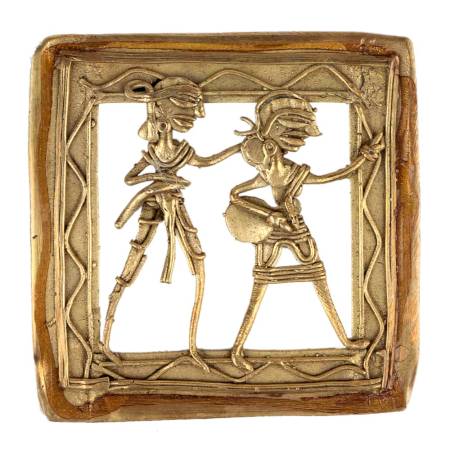
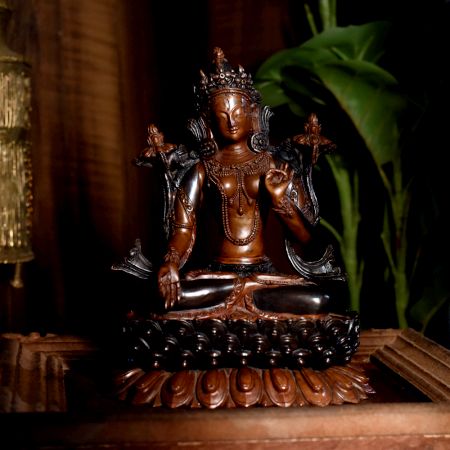
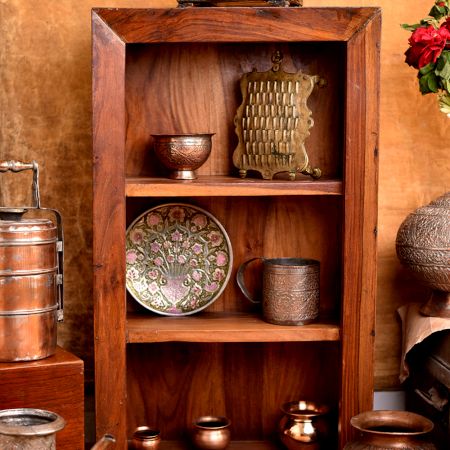
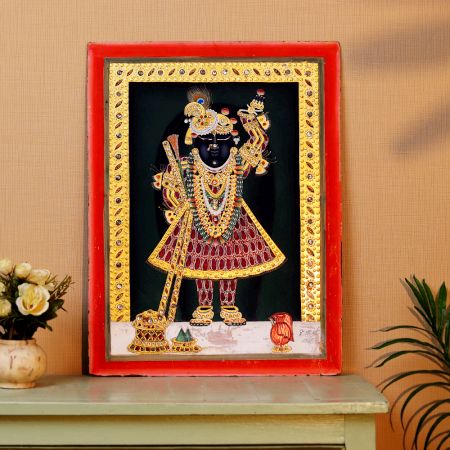
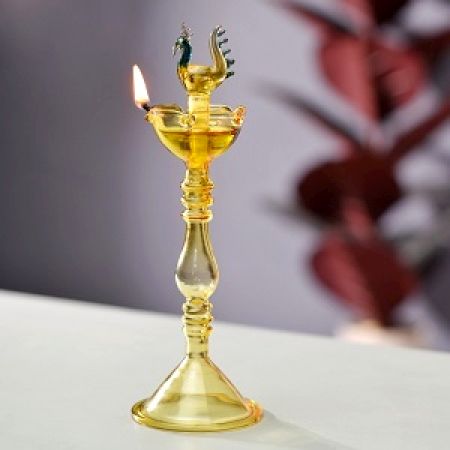

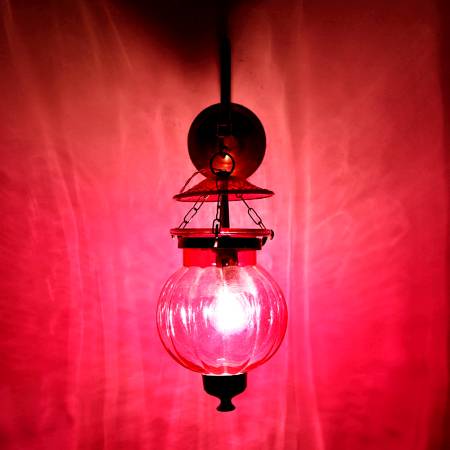

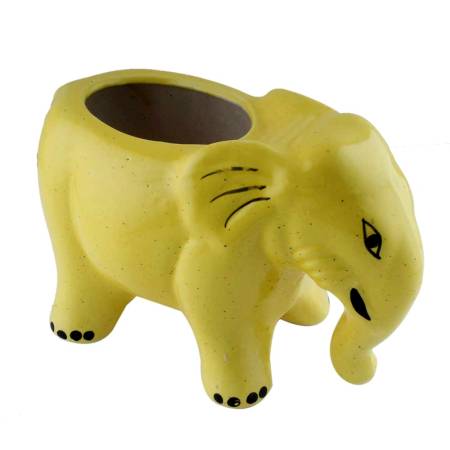
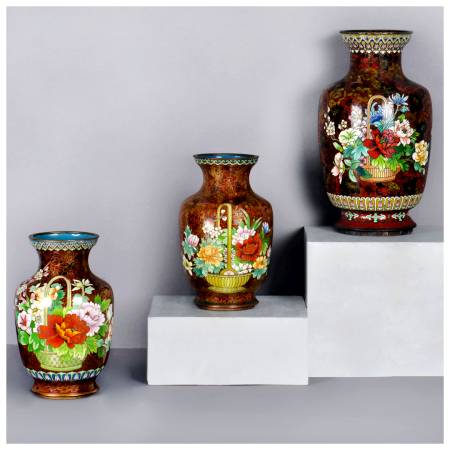
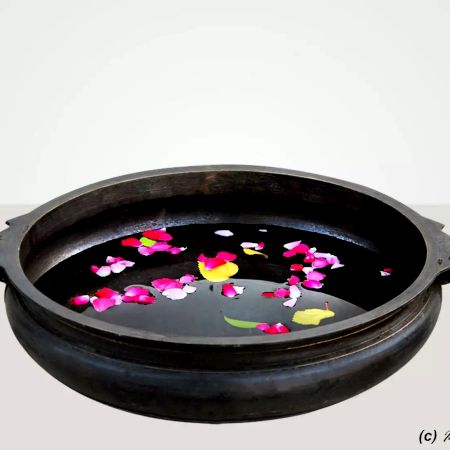
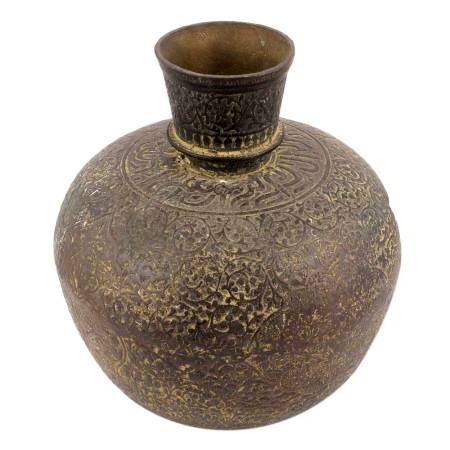
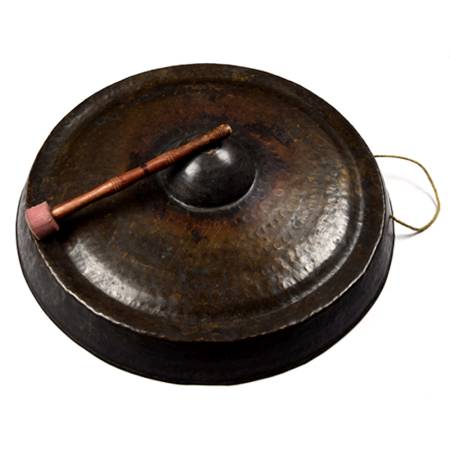
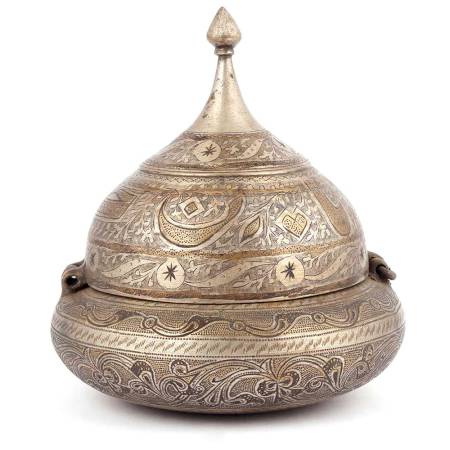

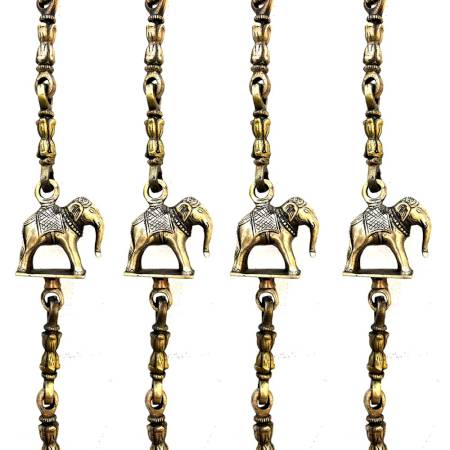
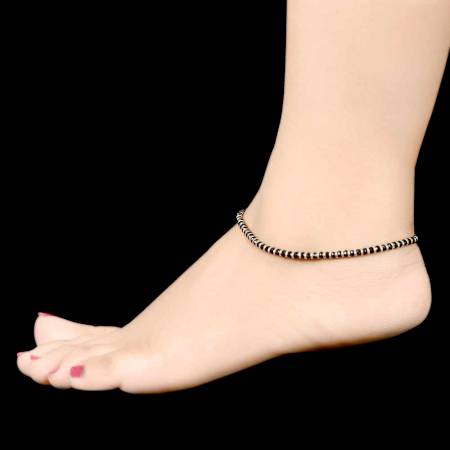
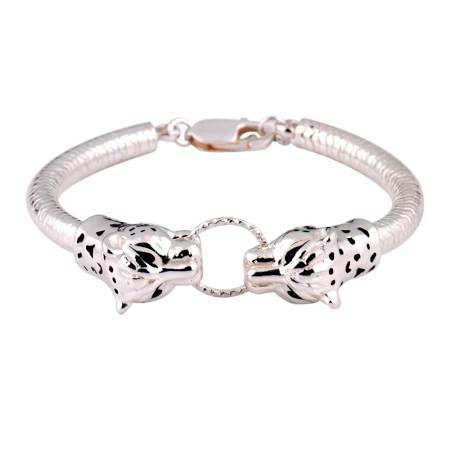
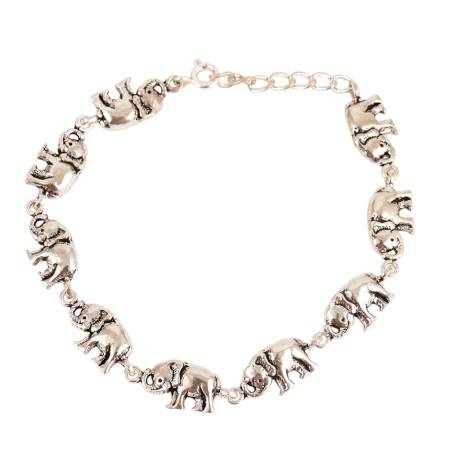
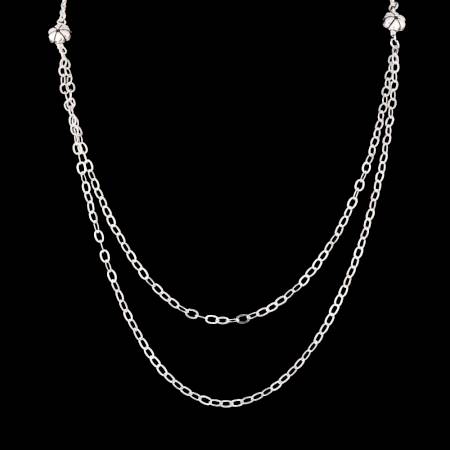

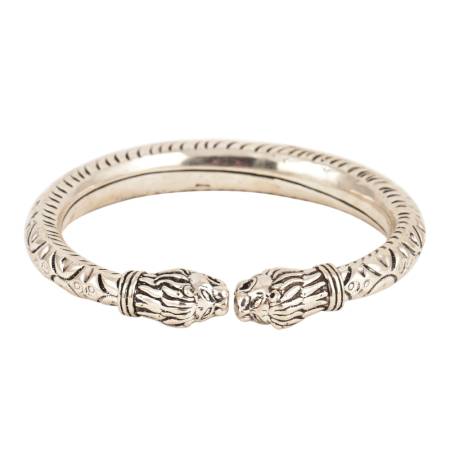
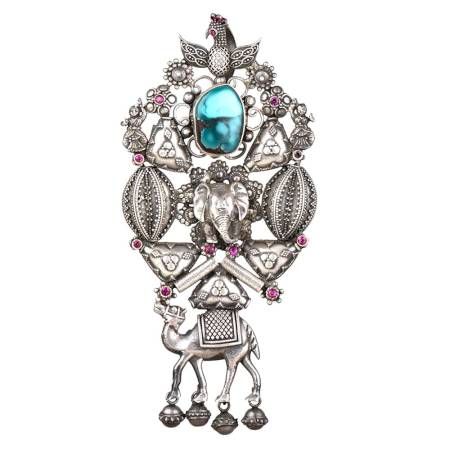
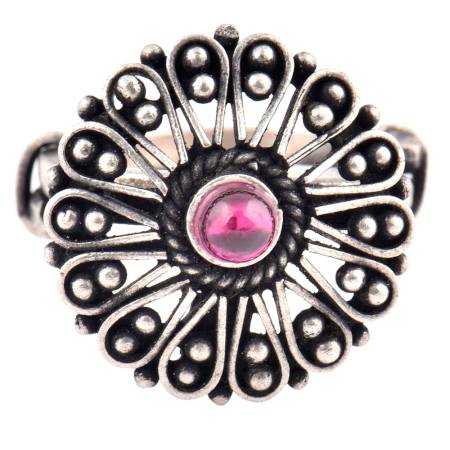
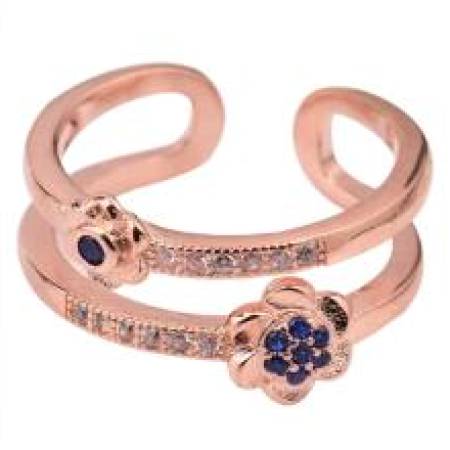
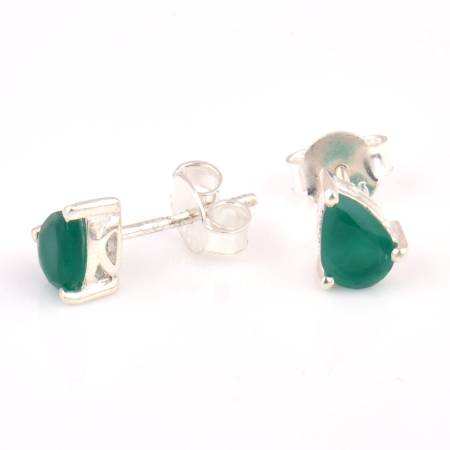






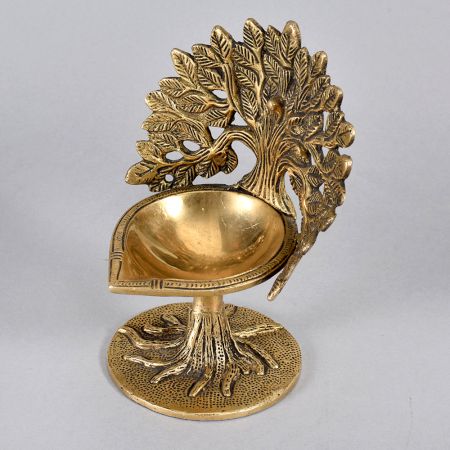
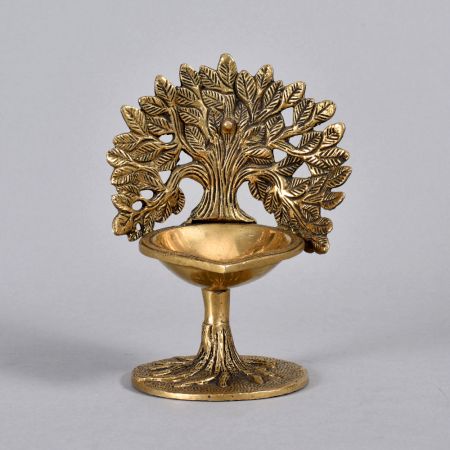
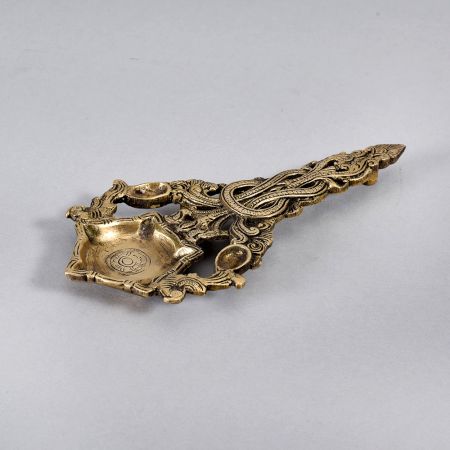
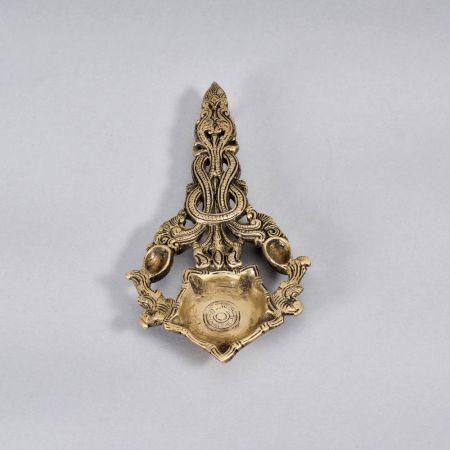
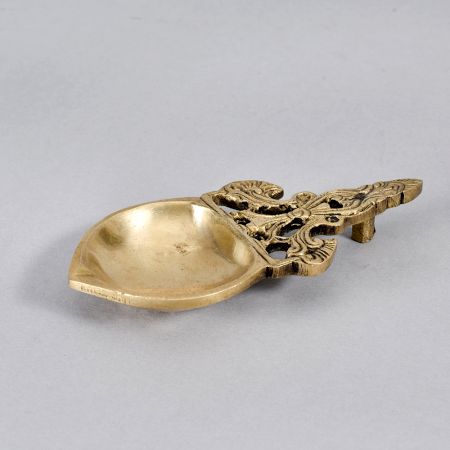
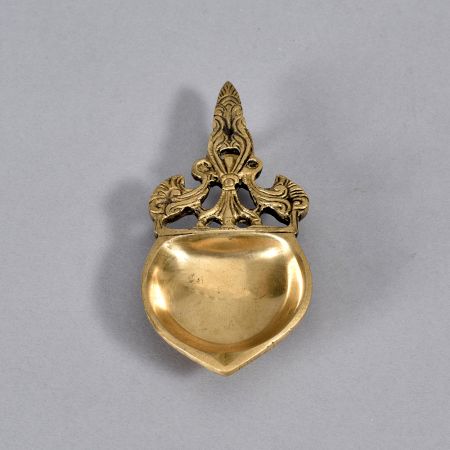
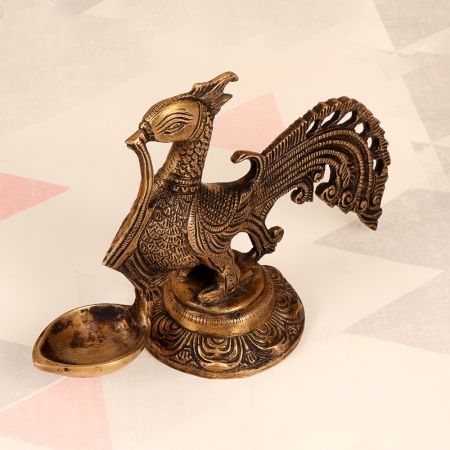
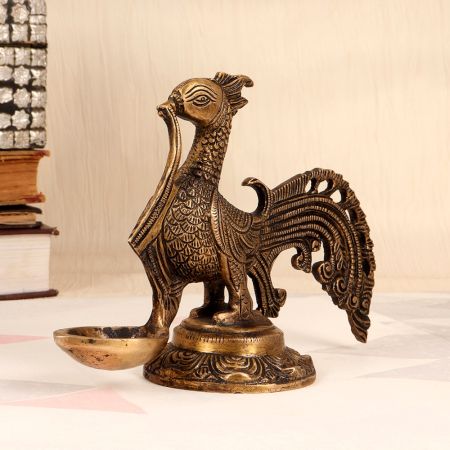
.JPG?ver=1.7)
.JPG?ver=1.7)
.JPG?ver=1.7)
.JPG?ver=1.7)
.JPG?ver=1.7)
.JPG?ver=1.7)
.JPG?ver=1.7)
.JPG?ver=1.7)
.JPG?ver=1.7)
.JPG?ver=1.7)
.JPG?ver=1.7)
.JPG?ver=1.7)
.JPG?ver=1.7)
.JPG?ver=1.7)





























































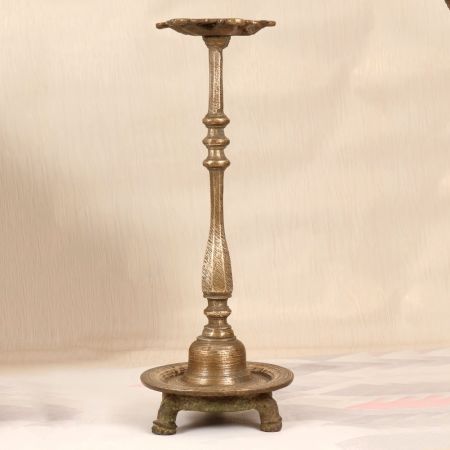
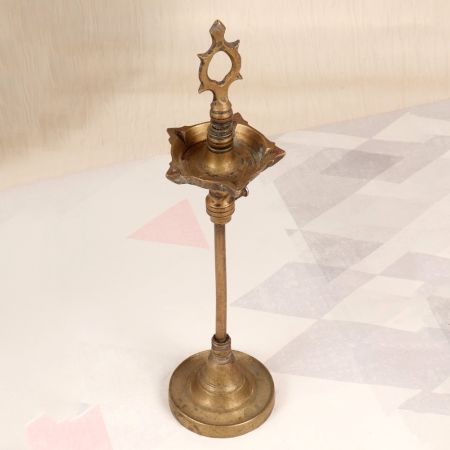
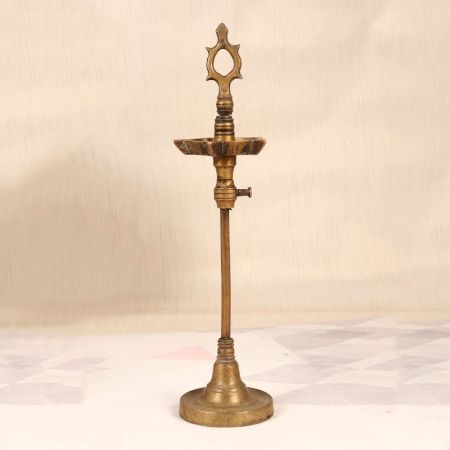
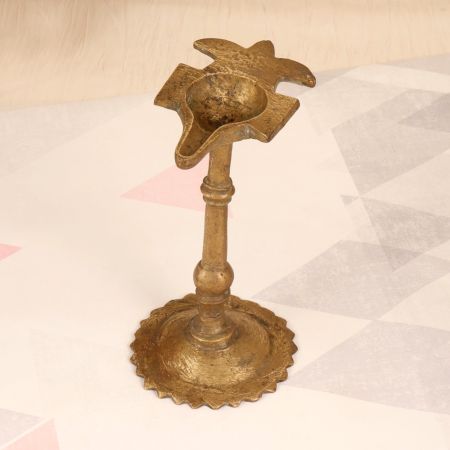
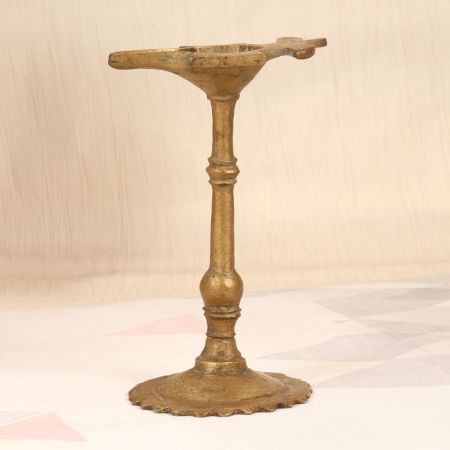
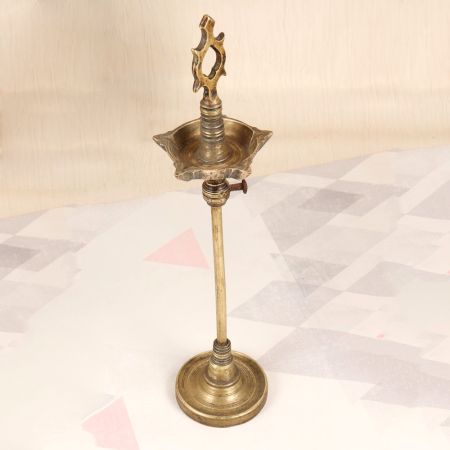
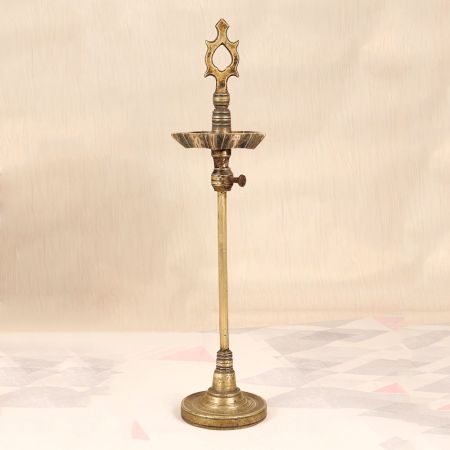
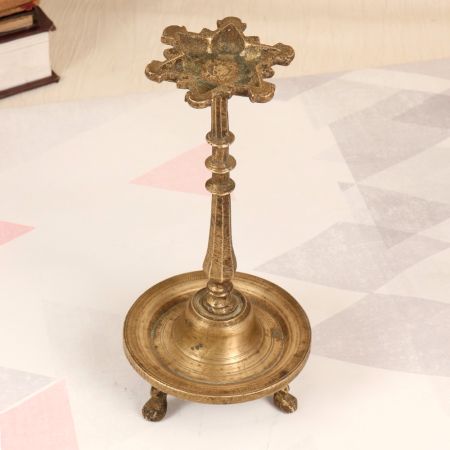
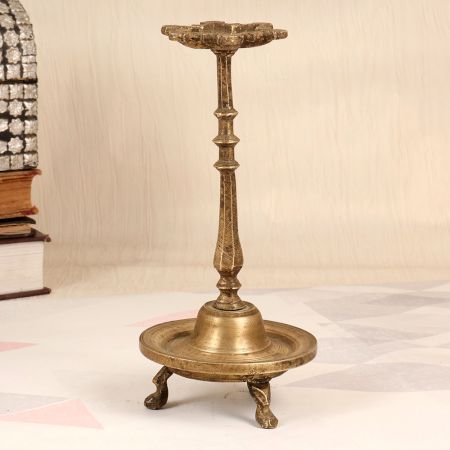
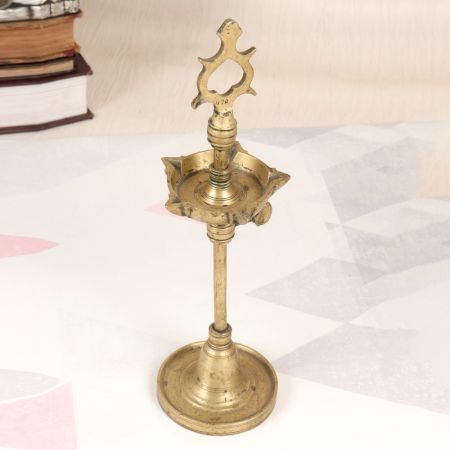
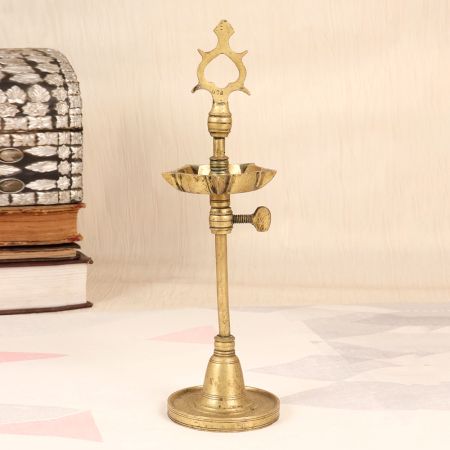
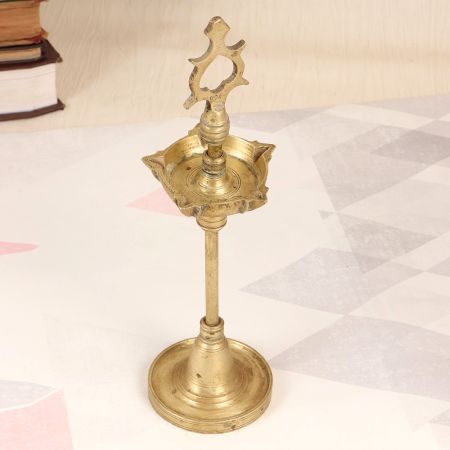
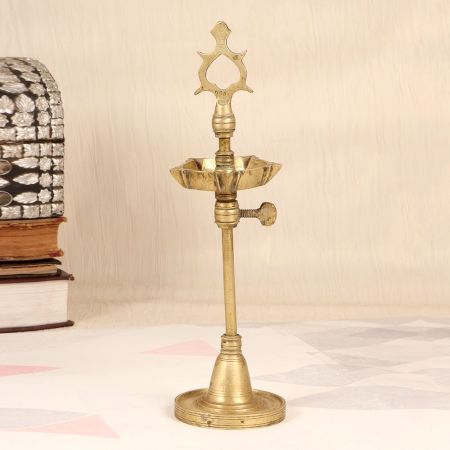
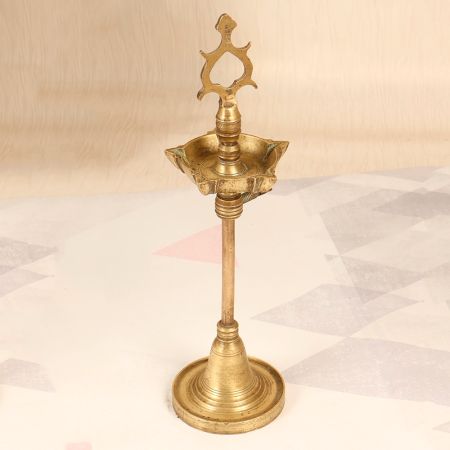
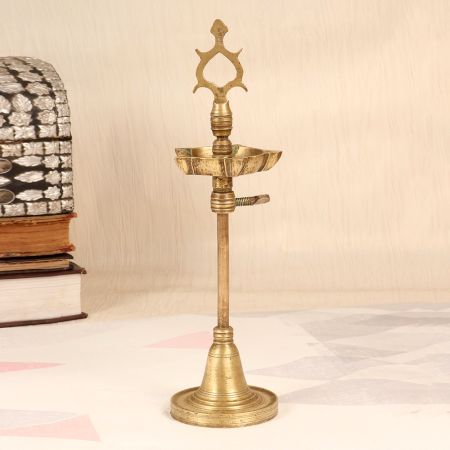
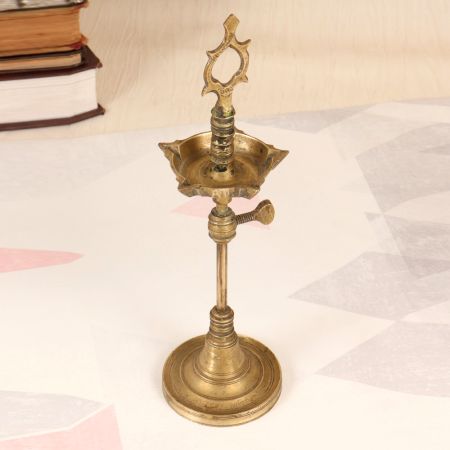
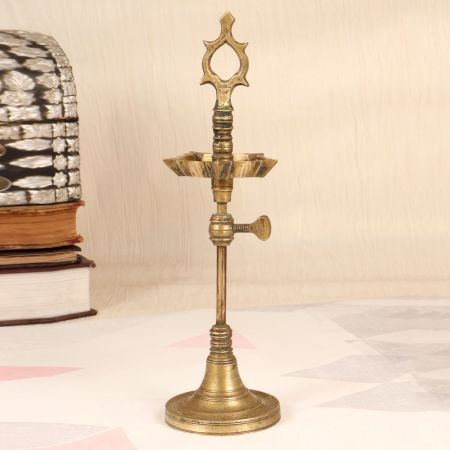
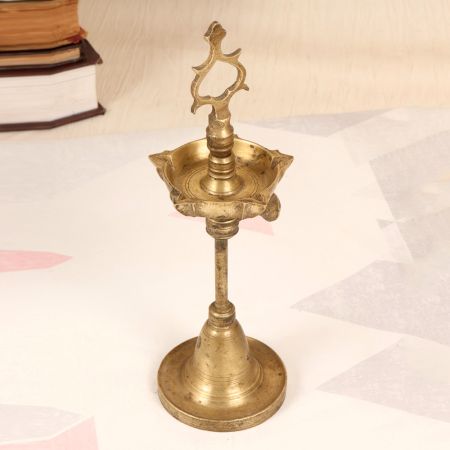
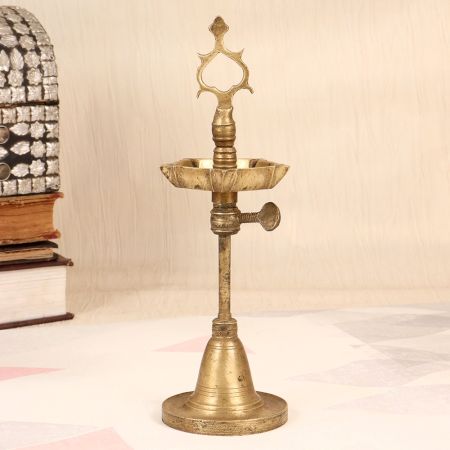
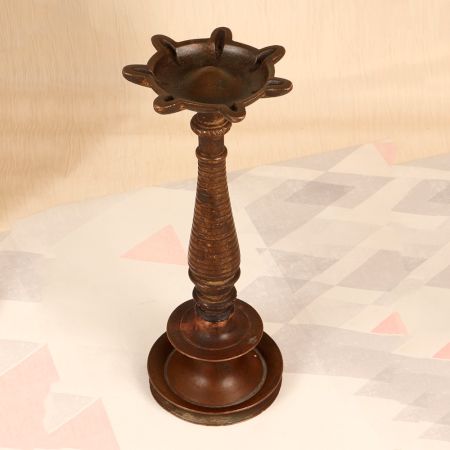
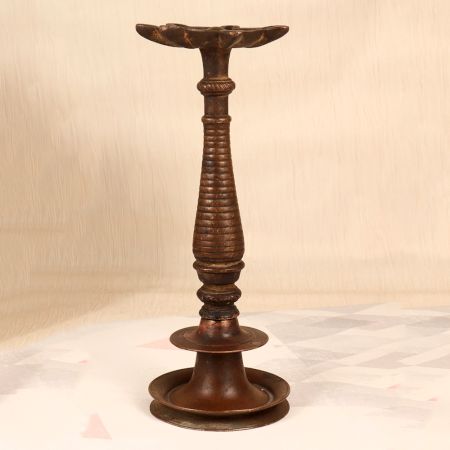
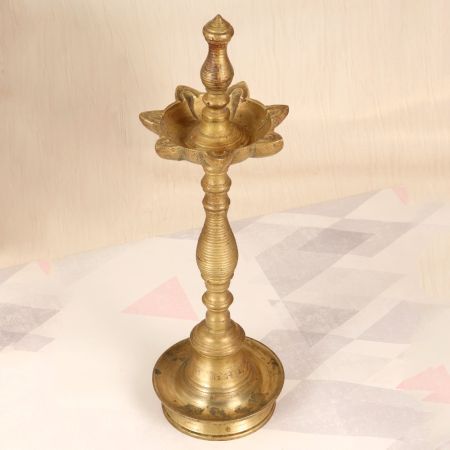
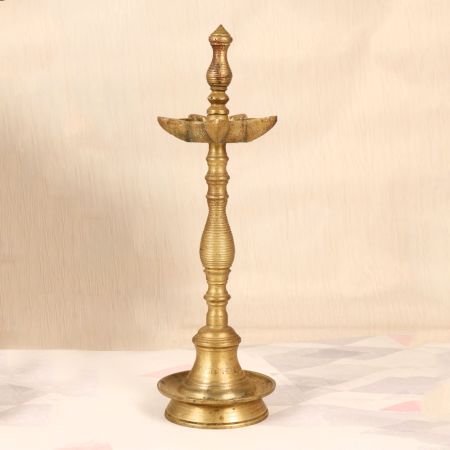
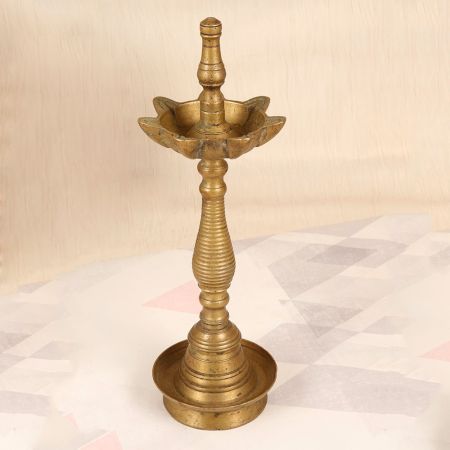
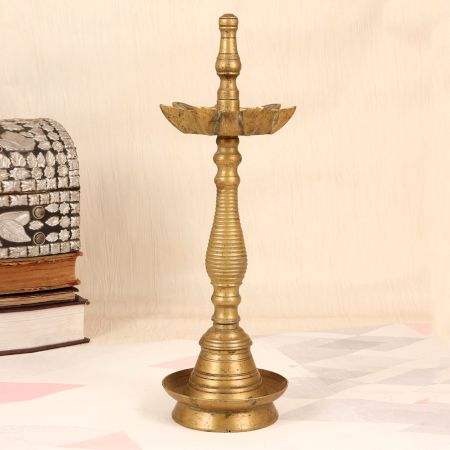
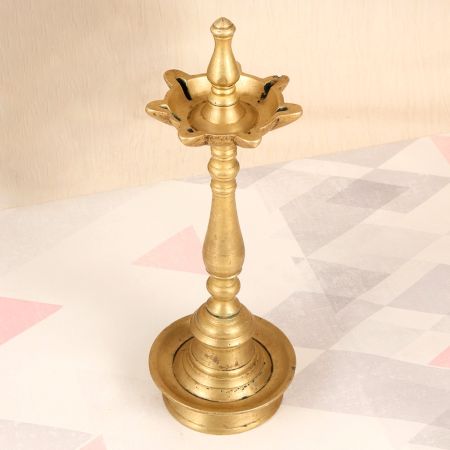
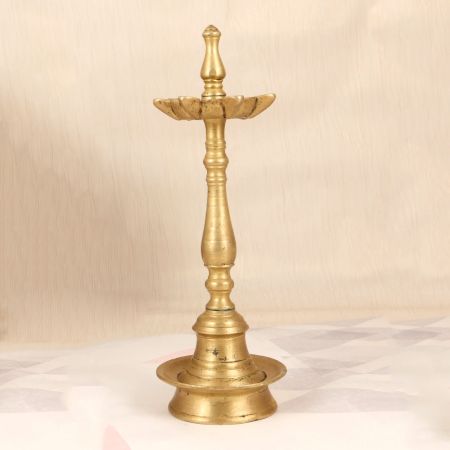
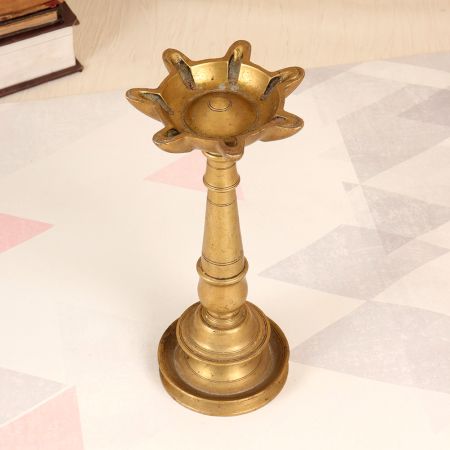
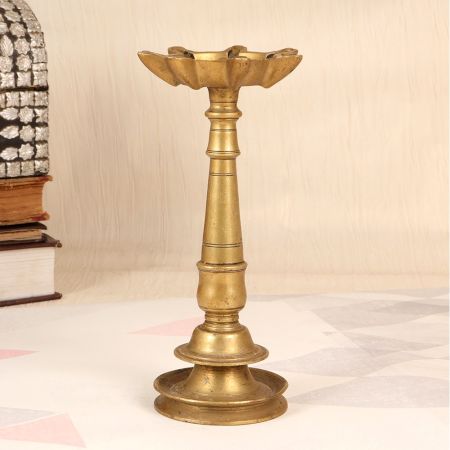
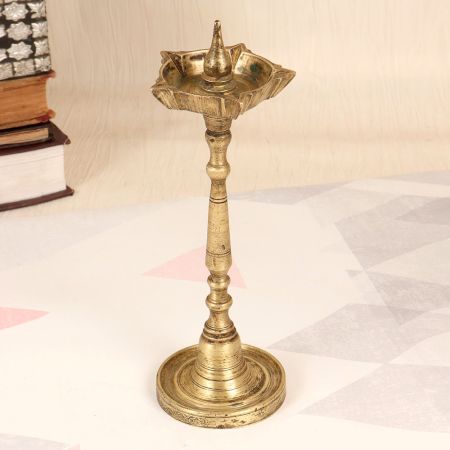
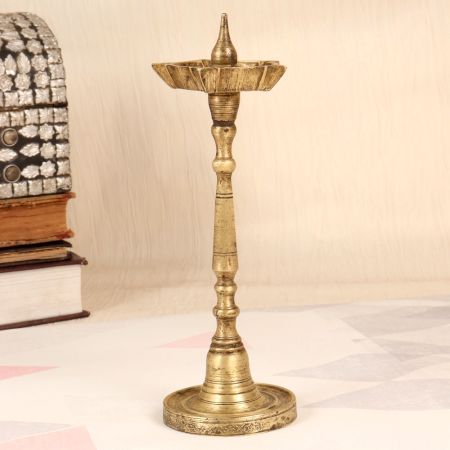
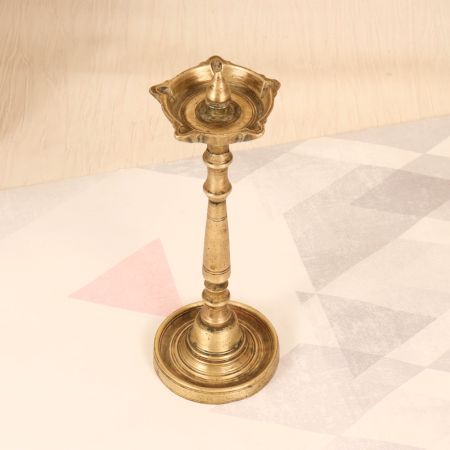
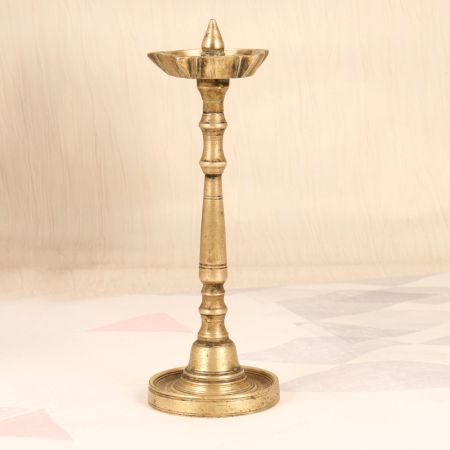
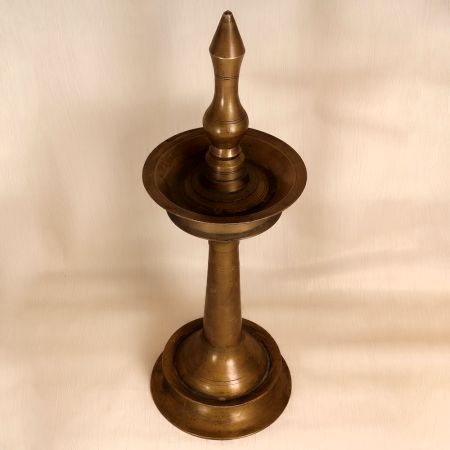
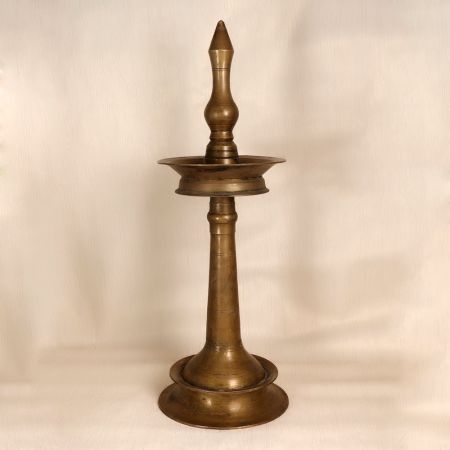


.JPG?ver=1.7)
.JPG?ver=1.7)
























.JPG?ver=1.7)
.JPG?ver=1.7)
.JPG?ver=1.7)
.JPG?ver=1.7)
.JPG?ver=1.7)
.JPG?ver=1.7)
.JPG?ver=1.7)
.JPG?ver=1.7)
.JPG?ver=1.7)
.JPG?ver=1.7)
.JPG?ver=1.7)
.JPG?ver=1.7)
.JPG?ver=1.7)
.JPG?ver=1.7)
.JPG?ver=1.7)
.JPG?ver=1.7)
.JPG?ver=1.7)
.JPG?ver=1.7)
.JPG?ver=1.7)
.JPG?ver=1.7)
.JPG?ver=1.7)
.JPG?ver=1.7)
.JPG?ver=1.7)
.JPG?ver=1.7)
.JPG?ver=1.7)
.JPG?ver=1.7)
.JPG?ver=1.7)
.JPG?ver=1.7)
.JPG?ver=1.7)
.JPG?ver=1.7)
.JPG?ver=1.7)
.JPG?ver=1.7)
.JPG?ver=1.7)
.JPG?ver=1.7)
.JPG?ver=1.7)
.JPG?ver=1.7)


.JPG?ver=1.7)
.JPG?ver=1.7)
.JPG?ver=1.7)
.JPG?ver=1.7)
.JPG?ver=1.7)
.JPG?ver=1.7)
.JPG?ver=1.7)
.JPG?ver=1.7)
.JPG?ver=1.7)
.JPG?ver=1.7)
.JPG?ver=1.7)
.JPG?ver=1.7)
.JPG?ver=1.7)
.JPG?ver=1.7)
.jpg?ver=1.7)
.jpg?ver=1.7)
.JPG?ver=1.7)
.JPG?ver=1.7)
.JPG?ver=1.7)
.JPG?ver=1.7)
.JPG?ver=1.7)
.JPG?ver=1.7)
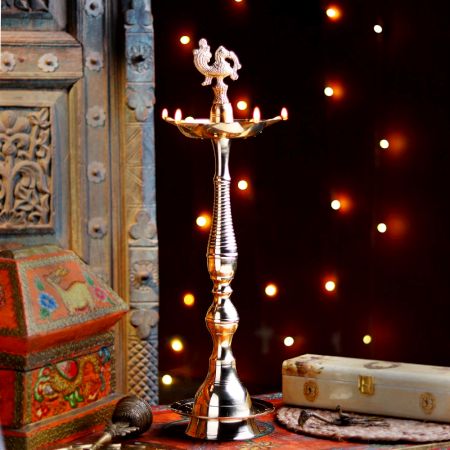
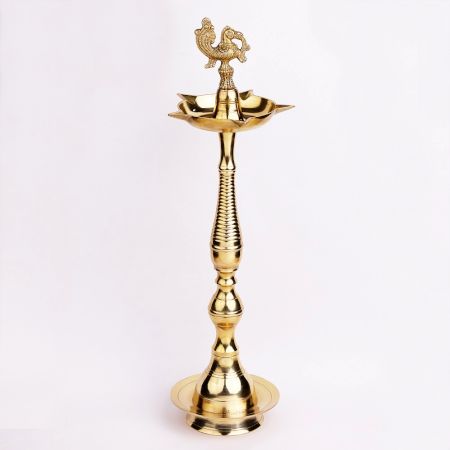
.JPG?ver=1.7)
.JPG?ver=1.7)
.JPG?ver=1.7)
.JPG?ver=1.7)
.JPG?ver=1.7)
.JPG?ver=1.7)
.JPG?ver=1.7)
.JPG?ver=1.7)




